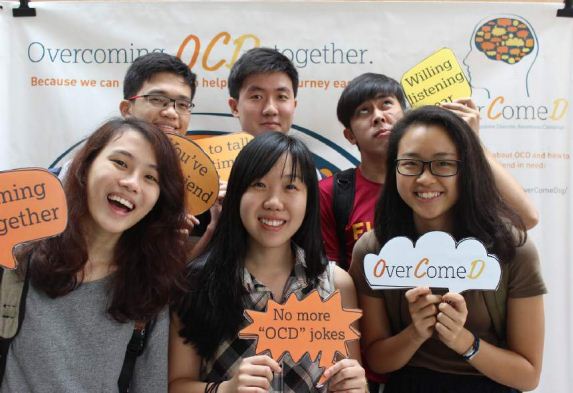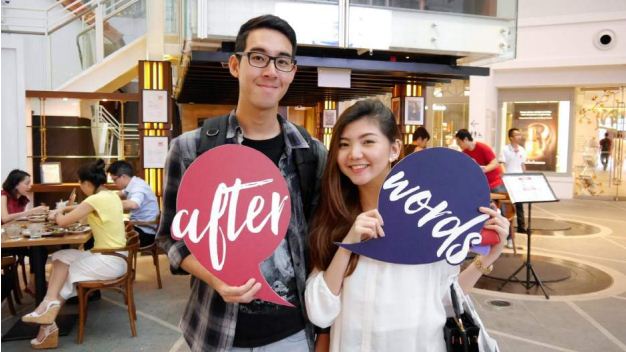Authors
Catherine Anne Chew Xian Hui, See Wei Ni Dionne, Elizabeth Au Rui Lin, Navina Thiyagarajan
Supervisor
Asst Prof Kim Hye Kyung
Year
2016
Abstract
This project report presents Down the Sound, a health communications campaign by final year students of Wee Kim Wee School of Communication and Information (WKWSCI). Recreational Noise-Induced Hearing Loss (NIHL) is increasingly prevalent amongst Singaporean youths. It was predicted in a recent research that if the rising trend persists, there could be as many as 1,308 new cases of NIHL per year locally, amongst the younger population (Lee, Lim, Kuan, 2014).
NIHL is the only form of hearing loss that is preventable (NIDCD, 2014). However, loud and prolonged exposure to loud noises can lead to permanent damage. In a survey conducted amongst 375 youths aged 18-25, 96% of youths lacked proper knowledge of NIHL. Majority of youths also believed they are not susceptible to hearing loss at their current age.
Thus the team designed a campaign to increase risk awareness amongst youths and to stress the importance of practising safe listening habits. To communicate the risk of NIHL, a three-pronged strategy using social norms approach, experiential components, statistical evidence and narratives was adopted. Tactics were carried out both online and offline. To ensure the credibility of their messages, the team partnered with hearing aid provider Sivantos and also consulted Changi General Hospital.
The report concludes with an evaluation of the campaign through a post-campaign survey, analysis of media coverage and appraisals from stakeholders. Plans beyond the campaign’s timeline are also highlighted. Visuals of the campaign’s execution, collaterals and partnerships can be found in the appendices.
Click link to view
http://hdl.handle.net/10356/66861






























